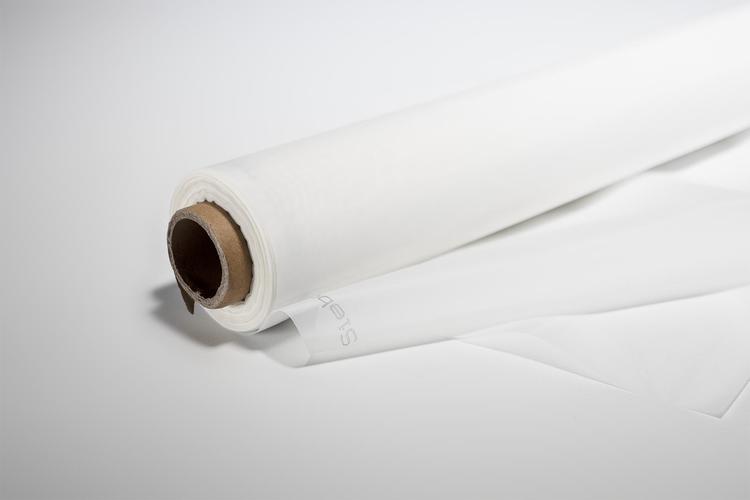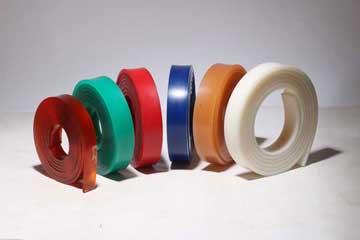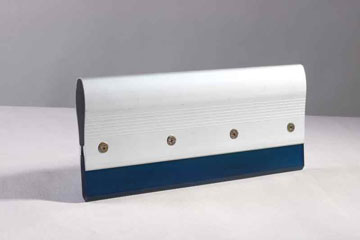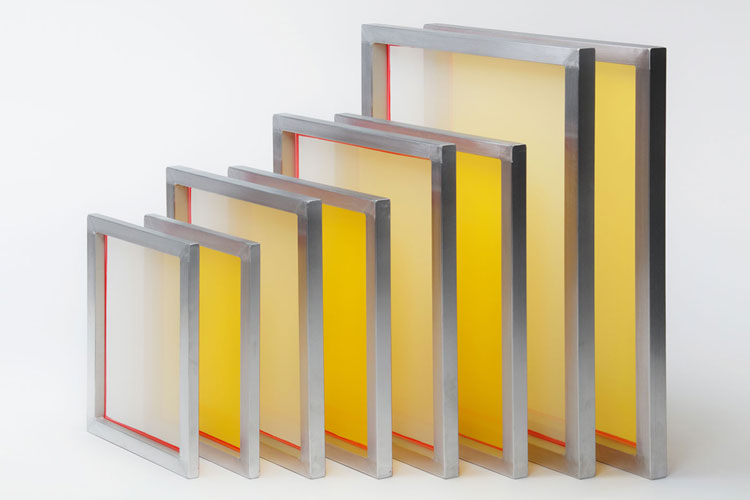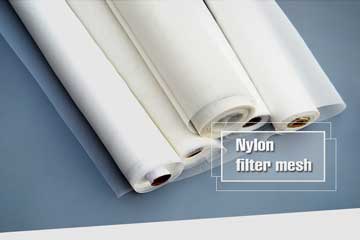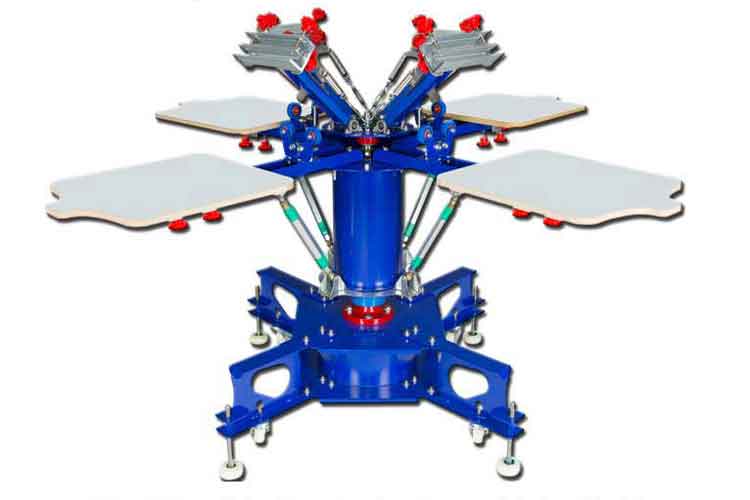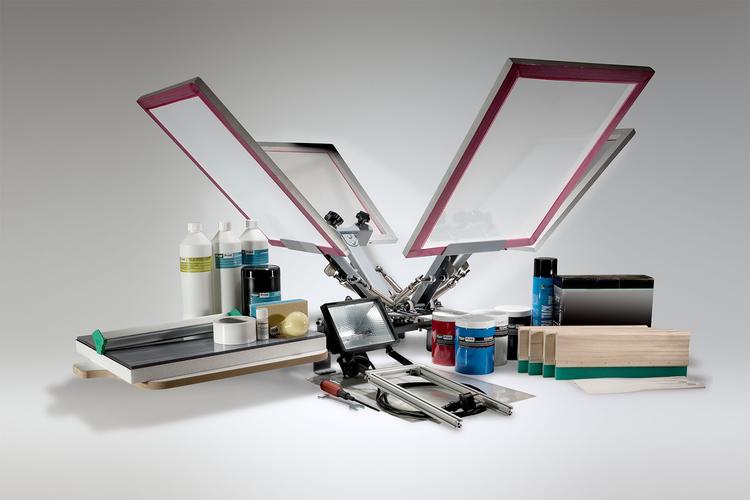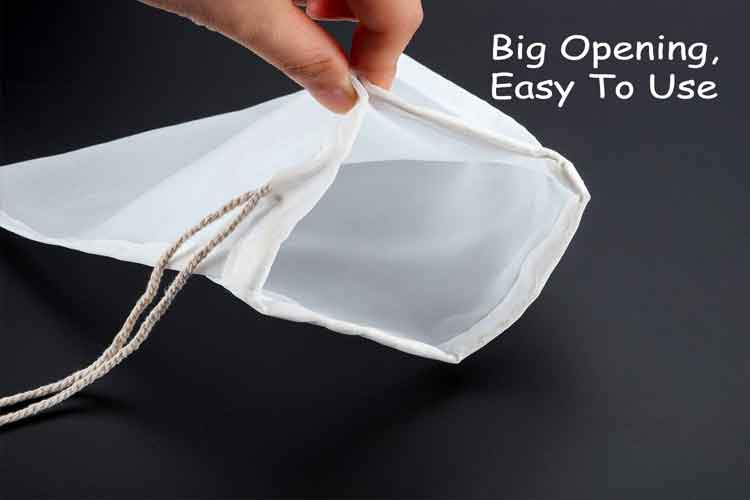Achieve Pristine Filtration with a 5 Micron Filter Sock
A 5 micron filter sock is a cornerstone of any filtration strategy requiring the removal of fine particulates. By selecting media and construction tailored to your chemicals, temperatures, flow rates, and maintenance preferences, you optimize equipment pr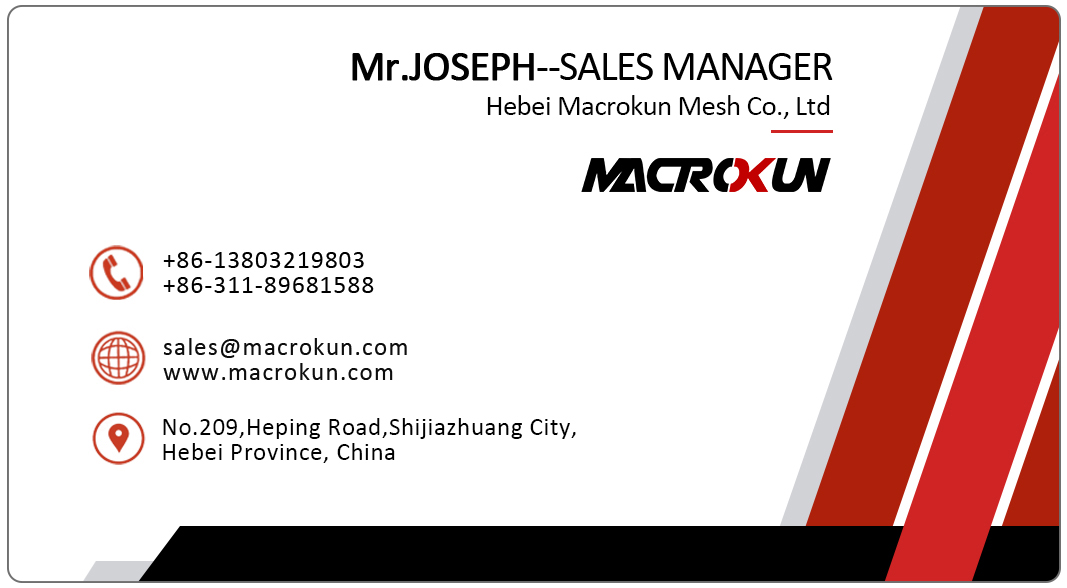
In many industrial, commercial, and residential fluid‑filtration applications, capturing fine particles is essential to protect equipment, ensure product quality, and maintain system reliability. A 5 micron filter sock is a specialized filtration component designed to remove particles as small as five micrometers—roughly one‑seventh the width of a human hair. Whether you’re managing a water treatment facility, a chemical processing line, an aquaculture system, or a home brewery, selecting the right 5 micron filter sock is critical for achieving consistently clear, contaminant‑free fluid.
This comprehensive guide follows a proven structure—market overview, product fundamentals, key features, selection guidance, maintenance tips, reasons to choose our offerings, illustrative use cases, and actionable next steps—to help you leverage a 5 micron filter sock for superior filtration performance.

Market Overview: Why 5 Micron Filtration Matters
Across diverse sectors, the demand for sub‑10 micron filtration has surged due to:
-
Equipment Protection
Fine particulates can abrade pumps, clog valves, and shorten the life of downstream filters. A 5 micron filter sock provides a robust first‑stage barrier. -
Product Quality
In food and beverage, pharmaceuticals, or printing inks, removing sub‑visible debris prevents discoloration, off‑tastes, and product spoilage. -
Regulatory Compliance
Many processes must meet strict discharge or potable‑water standards. A 5 micron rating helps ensure effluent clarity and compliance. -
Operational Efficiency
By capturing fine solids early, you reduce the load on finer membranes or resin beds, driving down maintenance costs and downtime. -
Versatility
From municipal water plants to shrimp farms, the 5 micron filter sock is a universally accepted component for precise particulate removal.
Understanding these drivers reveals why industries gravitate toward 5 micron filtration as a balance of throughput, clarity, and operational cost.
Understanding the 5 Micron Filter Sock
A 5 micron filter sock is a cylindrical, porous bag—typically crafted from woven or felted synthetic materials—that fits into a filter housing or cartridge cage. Fluid flows from the outside in, depositing particles on the sock’s surface or within its depth. When the sock becomes loaded with debris, it is removed, cleaned, or replaced.
Core Components:
-
Filter Media: Commonly polypropylene, polyester, or nylon, chosen for chemical compatibility and temperature tolerance.
-
Micron Rating: The nominal or absolute rating indicating the filter’s ability to retain particles ≥5 µm.
-
Seam & Closure: Welded or sewn seams ensure integrity under pressure; drawstring, snap‑band, or reusable cap closures secure the sock in its housing.
-
Dimensions: Standard lengths (10″, 20″) and diameters (4″ nominal) to fit most filter vessels.
A well‑specified 5 micron sock traps fine sediments, rust, algae, and other contaminants to deliver clear, debris‑free fluid.
Key Features of a High‑Quality 5 Micron Filter Sock
When evaluating 5 micron filter socks, consider these critical attributes:
1. Material & Chemical Compatibility
-
Polypropylene: Broad chemical resistance, low temperature tolerance up to 180 °F.
-
Polyester: Higher temperature tolerance (~212 °F), good strength and durability.
-
Nylon: Excellent abrasion resistance and repeated washability, though less acid‑resistant than polypropylene.
2. Nominal vs. Absolute Rating
-
Nominal 5 Micron: Captures ~85–95% of particles ≥5 µm; higher flow rates and lower cost.
-
Absolute 5 Micron: Captures ≥99.9% of particles ≥5 µm; critical when absolute clarity is required.
3. Construction & Durability
-
Seam Options: Welded seams resist bypass; sewn seams may be more economical but risk particle leakage if not properly sealed.
-
Closure Types: Drawstrings or removable caps allow quick changes; fitted collars provide a better seal with minimal bypass.
4. Flow Capacity & Pressure Drop
-
High Flow Designs: Bulkier or pleated internal supports maintain high throughput while minimizing pressure loss.
-
Low Delta‑P: Efficient media composition reduces head loss, preserving pump performance and energy efficiency.
5. Reusability & Cleaning
-
Washable Media: Nylon and polyester socks can be backflushed or washed in mild detergents for multiple uses.
-
Single‑Use Options: Polypropylene may be more economical for disposable applications where cross‑contamination risk is high.
Choosing the Right 5 Micron Filter Sock
To select the optimal 5 micron filter sock, match product attributes to your system requirements:
A. Identify Fluid Chemistry & Temperature
-
Corrosive or Solvent‑Rich Fluids: Polypropylene resists most industrial chemicals.
-
High‑Temperature Processes: Polyester or high‑temperature nylon options handle elevated fluid temperatures.
B. Determine Required Filtration Efficiency
-
General Sediment Removal: Nominal 5 micron socks balance flow and clarity.
-
Polishing Stage or Critical Applications: Absolute 5 micron socks ensure near‑complete particulate capture.
C. Evaluate Flow Rate & System Pressure
-
High‑Flow Systems: Choose socks labeled for high flow and low pressure drop; consider a multi‑bag housing if needed.
-
Low‑Pressure Systems: Standard single‑bag housings with nominal socks suffice for lower throughput.
D. Consider Maintenance Practices
-
Routine Sock Changes: If rapid replacement is acceptable, disposable polypropylene may be most cost‑effective.
-
In‑Place Cleaning: For applications demanding frequent reuse, washable nylon or polyester socks extend service intervals.
E. Housing Compatibility & Dimensions
-
Standard Housings: Confirm sock length (10″ or 20″) and diameter (2.5″, 4″) match your filter vessel.
-
Custom Systems: Custom‑cut socks or alternate closure styles ensure a tight seal and minimal bypass.
By aligning chemical compatibility, rating type, capacity, maintenance mode, and housing size, you pinpoint the perfect 5 micron filter sock for your operation.
Maintenance and Best Practices
Implementing a proper maintenance routine preserves filter performance and extends sock life:
1. Regular Inspection
-
Pressure Gauge Monitoring: Track differential pressure; a rapid increase signals a plugged sock needing service.
-
Visual Checks: Inspect sock surfaces for discoloration or tears when changing.
2. Scheduled Replacement or Cleaning
-
Disposable Socks: Replace at set intervals or when ΔP exceeds manufacturer recommendations.
-
Washable Socks: Backflush or soak in mild detergent, rinse thoroughly, and air‑dry before reuse.
3. Proper Disposal
-
Contaminant Handling: Dispose of used socks according to local regulations, especially when filtering hazardous fluids.
-
Environmental Considerations: Where possible, choose recyclable or reusable media.
4. Preventive Measures
-
Pre‑Filtration Stages: For highly contaminated streams, consider coarse pre‑filter to protect fine 5 micron socks.
-
System Flushing: Periodic system flushes reduce sediment load and prolong sock life.
Consistent maintenance keeps your filtration system operating efficiently and avoids unplanned downtime.
Why Choose Our 5 Micron Filter Socks
Our 5 micron filter sock products stand apart through:
Premium Media Formulation
We use high‑purity polypropylene, polyester, or nylon yarns with uniform fiber diameter, ensuring consistent micron ratings and low shedding.
Absolute & Nominal Options
Whether you need broad sediment removal or ultra‑fine polishing, we offer both nominal (85–95% efficiency) and absolute (≥99.9% efficiency) 5 micron socks.
Robust Construction
-
Welded Seams for chemical and pressure integrity.
-
Premium Drawstrings or fitted collared closures for reliable, bypass‑free sealing.
High Flow, Low ΔP Designs
Our proprietary media blends maximize throughput while maintaining minimal pressure drop, optimizing pump life and energy use.
Washable & Disposable Lines
Choose reusable nylon/polyester socks for frequent‑change environments or economical polypropylene socks for single‑use convenience.
Stringent Quality Control
Each sock undergoes dimensional, flow, and particulate retention testing to meet or exceed industry standards.
Comprehensive Size Range
From 2.5″ to 6″ diameters and 10″ to 40″ lengths, our socks fit all standard and custom filter housings.
With our 5 micron filter socks, you gain confidence in consistent, reliable filtration that protects your downstream equipment and ensures fluid clarity.
Illustrative Use Cases
Use Case 1: Municipal Water Treatment
A city plant installed nominal 5 micron polypropylene socks as a pre‑filtration stage to protect ultrafilter modules. The result: a 25% increase in membrane lifespan and reduced maintenance costs.
Use Case 2: Commercial Brewery
A craft brewery switched to washable nylon 5 micron filter socks for yeast removal after fermentation. They clean and reuse socks, cutting filtration costs by 40% while maintaining beer clarity.
Use Case 3: Automotive Paint Line
An OEM paint system added absolute 5 micron polyester socks to remove fine dust and rust particles before final coating. The improved cleanliness led to a 15% reduction in rework and higher finish quality.
Use Case 4: Aquaculture Recirculation
A shrimp hatchery uses 5 micron disposable socks to trap suspended solids in recirculating water. Frequent sock changes maintain water clarity, improving animal health and survival rates.
These examples demonstrate the versatility and tangible benefits of precise 5 micron filtration across industries.
Summary and Next Steps
A 5 micron filter sock is a cornerstone of any filtration strategy requiring the removal of fine particulates. By selecting media and construction tailored to your chemicals, temperatures, flow rates, and maintenance preferences, you optimize equipment protection, product quality, and operational efficiency.
Next Steps:
-
Assess Your Filtration Needs: Identify fluid chemistry, particle load, and required clarity.
-
Match Sock Attributes: Choose media (polypropylene, polyester, or nylon), rating type (nominal or absolute), and closure style.
-
Ensure Housing Compatibility: Verify sock dimensions fit your filter vessels.
-
Implement Maintenance Routines: Schedule inspections, cleanings, and replacements to maintain performance.
-
Track Performance Metrics: Monitor pressure differentials and product quality to validate sock selection.
Investing in high‑quality 5 micron filter socks not only safeguards your downstream processes but also elevates the clarity and consistency of your fluids—delivering lasting benefits to your operation’s bottom line and reputation.
filter bag Filter Sock 5 Micron Filter Sock
Next:Unlock Precision Filtration with Polypropylene Monofilament Mesh Liquid Filter Bags
Tags:
